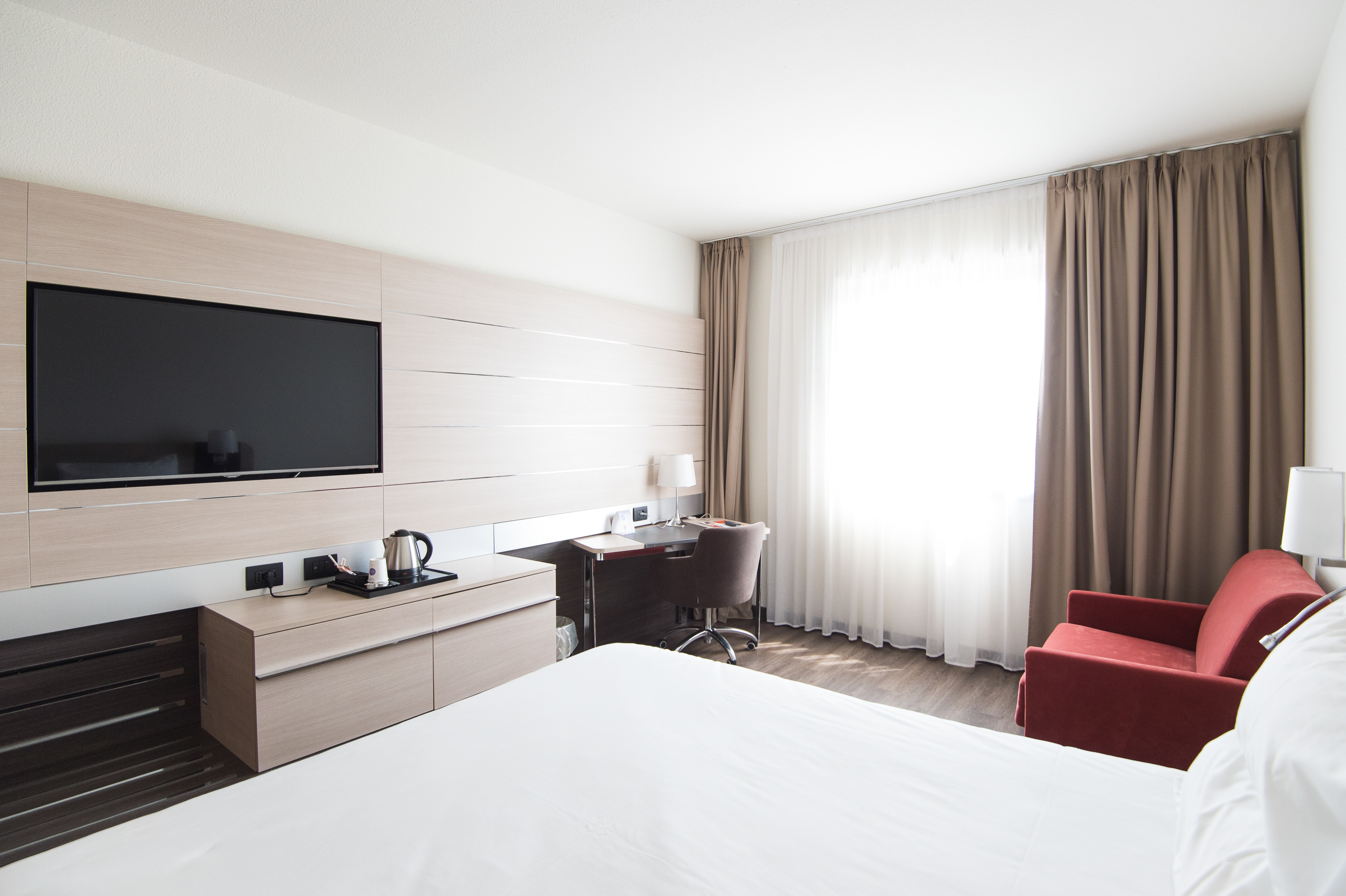How to advance your hotel’s competitive revenue strategy in an uncertain landscape - IDeaS Revenue Solutions
Contact
How to advance your hotel’s competitive revenue strategy in an uncertain landscape - IDeaS Revenue Solutions
IDeaS Revenue Solutions Senior Advisor for APAC, Tracy Dong, explains why hotels need to develop agile, scenario-based recovery plans as the industry adjusts to uncertain and evolving market conditions.
While the outlook remains uncertain for the accommodation sector in Australia, given international travel restrictions and evolving interstate border controls, local hoteliers need to start planning their own recovery.
However, this is no easy prospect when business demand is low and leisure travelers may prefer to book at the last minute when they know their holiday plans are less likely to be interrupted by restrictions or lockdown measures.
To help set forward pricing strategies that can speed a hotel’s own recovery, revenue managers can rate-shop to gauge if their pricing is in line with their market positioning and ignore any competitors whose pricing strategies are unreasonable.
Hotels should also research competitor promotions and packages and think creatively about their own value-added packages, promoting their facilities services such as food and beverage outlets, spa, or other recreation facilities.
More importantly though, as the industry adjusts to uncertain and evolving market conditions, hotels need to develop and adjust agile, scenario-based recovery plans.
These recovery plans should focus on capturing available demand, analysing the competitive landscape, adjusting pricing strategies, reviewing forecasts and budget, along with considering the competitive landscape.
Source: IDeaS
Capture available demand
Market demand will be compressed for a long period of time.
Hotels should analyse the types of demand still available in their local market and what guests need.
For some hotels, it could be returning residents under quarantine orders. For others, it could be staycation couples or family in the city.
No matter what type of demand it is, hotels should create relevant offers and services to meet the customer’s needs.
To gain a better understanding of demand and what types of guests are travelling, hotels should also leverage market reports such as TravelClick Demand360, STR ForwardSTAR or rate-shopping reports to monitor the market movements, as well as their own hotel’s pick-up data.
Analysing the operational landscape
As a hotel’s market segment and guest profile changes, its competitor set may change or expand accordingly.
For example, for an upscale hotel focused on leisure market and weekend staycations, your competitive field might be expanded to include new upmarket-business focused hotels who have switched focus given the suppressed demand for business travel.
In this case, hotels should monitor the top picks of staycation hotels in town amongst local guests and understand what they are offering to the guests.
Meanwhile, the hotel should also review its cancellation and rebooking policies to offer greater flexibility and promote its own unique selling points and value proposition to local staycation guests.
Source: IDeaS
Adjust pricing strategies
Today, travelers increasingly desire authentic experiences.
As a result, hotels should create personalised promotions and packages to provide guests a tailored and memorable hotel stay.
A hotel’s day-of-week patterns have significantly shifted compared to the pre-COVID era.
For example, a city hotel may have the highest demand on Saturdays now while weekday demand remains depressed.
Thus hoteliers should reset their pricing strategies based on the demand patterns and market positioning among their competitive set.
Reviewing forecasts and budget
Forecasting with any degree of certainty is problematic while COVID-19 is present across the country.
However, revenue management professionals should build out a range of forecasts based on all credible external and internal market intelligence that can be gathered, such as government announcements, travel policies and market reports.
Revenue managers should build their forecasts based on several scenarios (optimistic, most likely, and pessimistic) and review the actual demand versus forecasted results regularly to adjust long-term pricing strategies.
Remember that hotel operational teams also rely on these forecasts to schedule staffing and manage cost, which is more critical than ever.
Consider the competition
When demand returns to a hotel, a clearer picture emerges of guest traits and who is likely to stay at a property.
At this point, it is time for a hotel to re-evaluate their competitor set.
This doesn’t necessarily mean changing the STR competitor set, but it would help to at least develop a secondary competitor set based on the new market segments.
Closely monitoring the status of a hotel’s primary and secondary competitor sets will provide a sense of market supply growth when evaluating the available hotels listed across major online travel agencies.
Hotels should also re-evaluate their positioning among their new competitor set, establishing if they are in a ‘leading’ or ‘follower’ position, and reinvent their property’s unique selling proposition targeting the new market segments.
Plan for a post COVID-19 world
Australian hoteliers have faced high levels of uncertainty, financial hardship, and operational challenges in 2020.
Even as hotels bring back furloughed employees and reopen their doors to guests, a unique set of obstacles and opportunities are present.
Recovery pace will vary by destination and property types within the same destination.
To support the business revival of an individual property, or hotel group in a disrupted market, it is critical that hoteliers develop and implement agile, adaptable, and sustainable recovery plans.
Tracy Dong is Senior Advisor of Asia Pacific region at IDeaS Revenue Solutions, a SAS Company. She worked for InterContinental Hotels Group and Far East Hospitality, both at corporate and property level, prior to joining IDeaS.
Click here for more information about IDeaS.
Similar to this:
The Road to Revenue Recovery: Post-Lockdown Hotel Strategies









